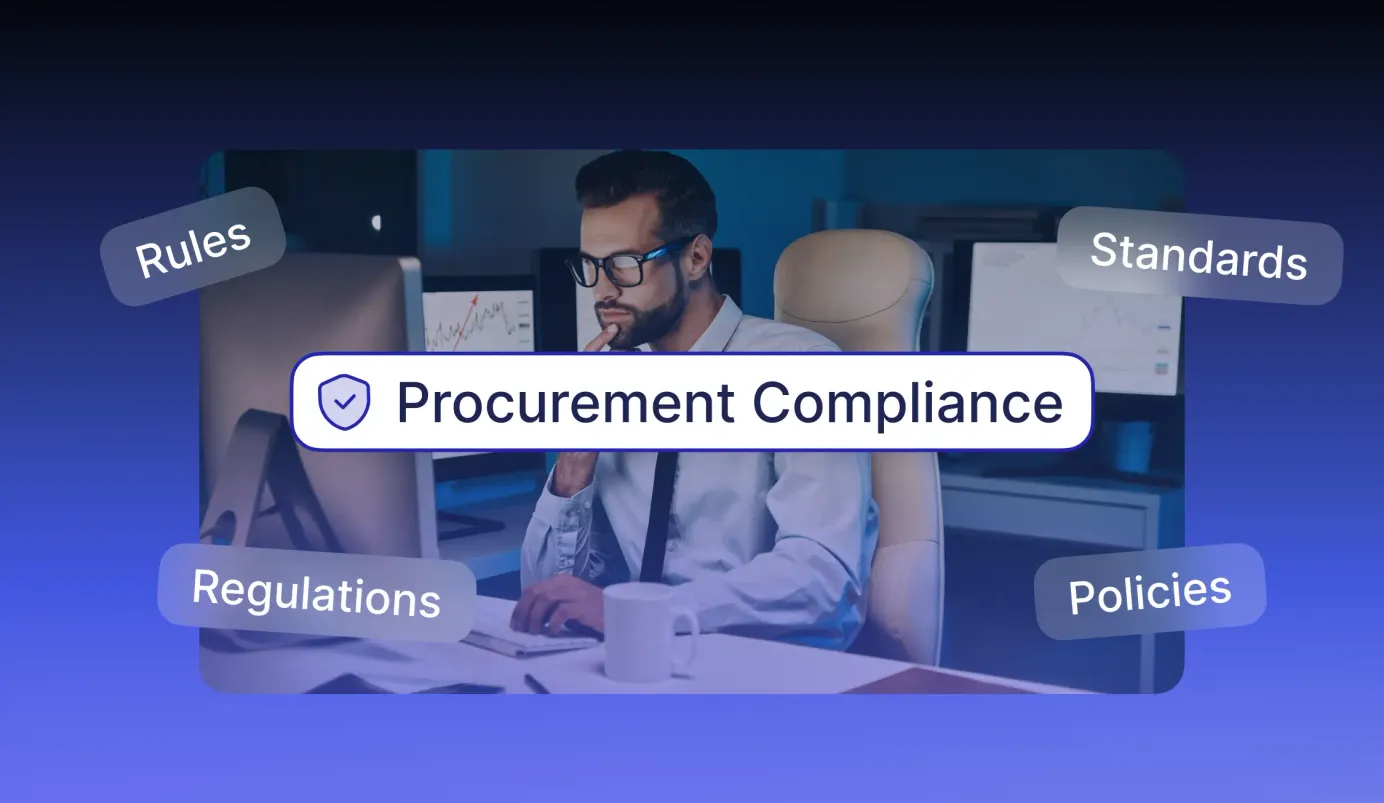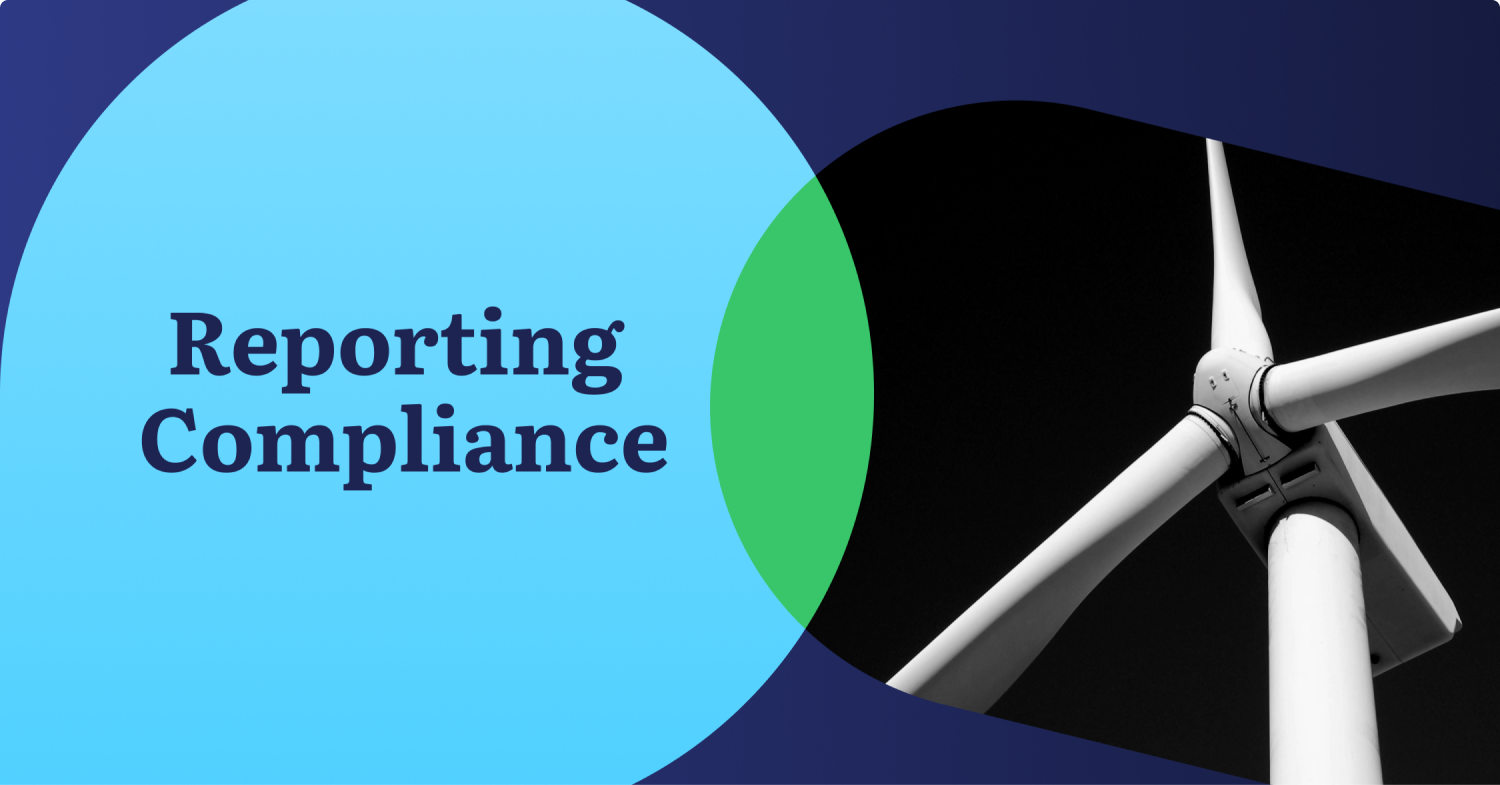
6 min read
Getting Set for CSRD: A Five-Step Guide
Understanding how to apply the CSRD will be important for compliance and using sustainability as a strategic advantage in the changing global marketplace. So, we have outlined five steps to help companies prepare for CSRD compliance and reporting.
The Need for CSRD Readiness
The European Union's Corporate Sustainability Reporting Directive (CSRD) is set to replace the Non-Financial Reporting Directive (NFRD). The directive will oblige about 50,000 organizations, including an estimated 10,000 non-EU companies, to comply with new and stricter reporting requirements starting as early as 2025. The CSRD is a part of the ambitious European Green Deal and aims to raise the bar for sustainability reporting in order to match the standards of financial disclosures. It presents a significant shift towards greater transparency and accountability in environmental, social, and governance (ESG) matters.
The CSRD aims to enhance the trustworthiness and accessibility of sustainability data by introducing the European Sustainability Reporting Standards (ESRS), which will mandate disclosures across ten comprehensive sustainability subjects from a dual materiality perspective. The double materiality approach evaluates not only how sustainability issues impact a company's financial performance but also takes into account the company's impact on society and the environment. It is crucial that disclosures now encompass vital areas beyond just carbon emissions, including pollution, water usage, waste management, and biodiversity, with each sector requiring a thorough materiality assessment to establish its significance and risk to the company's activities.
Understanding the directive's application, integrating robust reporting frameworks, and aligning sustainability goals with regulatory expectations will be crucial for compliance and leveraging sustainability as a strategic advantage in the evolving global marketplace. Therefore, we have prepared five steps that will help companies prepare for CSRD compliance and reporting.
Keep reading about:
- Step 1: Understand the Legal Framework
- Step 2: Identify Key Reporting Areas
- Step 3: Develop an Implementation Plan
- Step 4: Educate and Engage Stakeholders
- Step 5: Implementation of CSRD
Step 1: Understand the Legal Framework
The CSRD introduces strict requirements not only for EU-based companies but also for non-EU entities that have substantial operations within the EU, whether a company is listed on an EU-regulated market or not. It's important to note that such companies may need to report on their entire global operations, not just those within the EU, starting from the first applicable reporting period in 2025.
The initial wave of CSRD reporting targets companies already subject to NFRD reporting. With the effective reporting date of January 1st, 2025, the first wave of EU firms and other entities impacted by the CSRD will begin preparing their first reports. Each subsequent wave will cover more companies by lowering the financial criteria until all EU companies except microenterprises are covered before 2029.
Companies can either consolidate their reports across the EU or, where feasible, submit entity-specific reports to individual member states. However, by 2029, the requirement will standardize to global consolidated reporting, emphasizing the directive's move towards uniformity and comprehensive disclosure. In this step, we advise companies to consult with sustainability and legal experts to clarify their obligations.
Step 2: Identify Key Reporting Areas
As organizations prepare for the CSRD, identifying key reporting areas becomes the second step in aligning with the newly finalized ESRS. The ESRS outlines detailed technical reporting requirements across ten broad sustainability topics:
- Climate change
- Pollution
- Water and marine resources
- Biodiversity and ecosystems
- Circular economy
- Own workforce
- Workers in the value chain
- Affected communities
- Consumers and end-users
- Business conduct
In general, 12 ESRS standards encompass 1144 qualitative and quantitative disclosures. These topics span a comprehensive range of ESG matters, demanding that firms assess, measure, and disclose specific metrics and targets where applicable.
Under the CSRD, each organization must perform a double materiality assessment that examines how sustainability issues affect the business and evaluates the company's impact on society and the environment. Such an assessment will determine which of the ten ESRS-defined topics are material to the business and thus require detailed reporting.
Unlike previous frameworks, which may have focused on limited aspects like climate, the CSRD's expansive scope includes a variety of sustainability-related impacts, risks, and opportunities. Additionally, it aims to foster interoperability with other international reporting frameworks, though it may demand more comprehensive disclosures.
Step 3: Develop an Implementation Plan
Once key reporting areas have been identified, the next critical step for CSRD compliance is developing a robust implementation plan. This plan should outline a strategic approach to integrate and manage sustainability reporting processes within the organization's existing systems.
We recommend preparing the implementation plan in the following order:
- Set clear objectives and milestones that align with both the CSRD requirements and the company's broader sustainability goals.
- Establish a timeline that reflects the phased implementation of the CSRD, starting with the most material aspects of the reporting requirements.
- Assign responsibilities to specific teams or individuals to ensure accountability in the execution of each component of the plan.
- Invest in the necessary tools and technologies for data collection, analysis, and reporting. This might include upgrading IT systems, adopting new software for sustainability management, or integrating ESG data tracking into existing ERP systems.
- Prepare training and resources for all relevant personnel to enhance their understanding of CSRD requirements and their specific roles in the reporting process. This education should cover the nuances of the double materiality assessment and the technical aspects of the ESRS.
- Plan for regular reviews and updates to the implementation plan. This iterative process allows the organization to adapt to any changes in regulatory requirements, reporting standards, or corporate sustainability goals, ensuring ongoing compliance and improvement in sustainability reporting practices.
After completing the implementation plan, your company is ready to go to the next step.
Step 4: Educate and Engage Stakeholders
This step focuses on the active engagement and education of internal and external stakeholders, which are crucial for building a culture of sustainability and ensuring broad-based support across the organization.
Internal Stakeholders: Begin with comprehensive training programs for employees at all levels to understand the importance of CSRD compliance and the specifics of the reporting standards. It's important to tailor the training content to different departments to ensure a better understanding of their specific role in the CSRD compliance process.
External Stakeholders: Communicate openly with investors, customers, suppliers, and regulators about your CSRD preparation and ongoing efforts. This involves updating them on how the company is addressing material sustainability issues and the steps being taken to enhance transparency and accountability in sustainability reporting. Use various communication platforms — such as your company website, annual reports, social media, and stakeholder meetings — to share the information.
Another essential element of engaging with stakeholders is feedback. Building proper feedback mechanisms will help in understanding stakeholder expectations and concerns, which can inform future sustainability initiatives and reporting practices.
By effectively educating and engaging stakeholders, companies enhance their compliance with the CSRD and reinforce their commitment to sustainable development, which can significantly boost their reputation and competitive edge in the market.
Step 5: Implementation of CSRD
After identifying key reporting areas, developing a comprehensive implementation plan, and engaging stakeholders, the final step is the implementation of outlined initiatives and report preparation. This step is the most complicated and requires a precise approach to secure the correctness of collected data and its correspondence with the business's sustainability metrics and ensure a match of the ESRS questions with the given answers. In turn, the key to achieving the needed outcomes is regularly monitoring relevant business KPIs and sustainability objectives and measuring intermediate results.
The CSRD mandates that companies disclose qualitative and quantitative information, which may or may not already be part of their collected data. Evaluating each standard's data requirements will pinpoint deficiencies in your company's data collection processes or areas lacking information. Identifying these shortcomings early gives your organization ample time to address and resolve them. Once all data points are collected and transformed into the ESRS report, it needs to be verified by external auditors. The auditor's assurance is the last step before the ESRS report can be digitally tagged.
It's also important to remember that CSRD compliance and reporting are not a one-time task but a continuous process that requires regular updates and adjustments. Double materiality assessment should be reviewed annually, as should data points be newly collected in response to information from the subsequent periods.
Conclusion
As businesses start to comply with the CSRD, they encounter a significant challenge that requires a careful and strategic approach. It is crucial to comprehend the extensive legal framework and identify crucial reporting areas, and then meticulously develop and implement a strong compliance plan. In addition, engaging and educating stakeholders is important to ensure a unified commitment to sustainability and compliance. By integrating these components, organizations not only follow the new directive but also improve their operational transparency and make a positive contribution to sustainable development. This comprehensive approach not only prepares businesses for the immediate requirements of CSRD but also positions them to adapt to future changes in the global sustainability landscape.









